NEW YORK—Eighty examples of classic haute couture and high fashion from The Metropolitan Museum of Art’s newly established Brooklyn Museum Costume Collection are now on display until August 15.
Originally transferred from the Brooklyn Museum, many of the pieces have not been seen by the public for more than 30 years.
The exhibit American Woman: Fashioning a National Identity explores developing perceptions of modern American women from the 1890s to the 1940s, and their influence on women today.
Focusing on archetypes of American femininity through dress, the exhibition reveals the connection between American women’s style revolutions and their social and political changes.
“The ideal of the American woman evolved from a dependence on European, Old World view of elegance into an independent New World sensibility that reflected freedoms still associated with American women today,” said Andrew Bolton, curator of The Costume Institute, in a press release.
“The show looks at fashion’s role in defining how American women have been represented historically, and how fashion costumes women into archetypes that persist in varying degrees of relevance.”
Visitors walk back in time as they enter the circular galleries that mirror the setting of each feminine archetype. The clothing is brought to life with hand-painted panoramas animated by music, video, and lighting.
The first gallery, filled with ball gowns by Charles Frederick Worth, imitates the ballroom of the “Heiress” (1890s). Scenes of the great outdoors showcase the athleticism and physical independence of the “Gibson Girl” (1890s), which includes bathing costumes, riding ensembles, and cycling suits.
An artistic rendering of Louis Comfort Tiffany’s studio in New York serves as the backdrop for the “Bohemian” (early 1900s), an archetype featuring Rita Lydig’s signature silk pantaloons by Callot Soeurs. The “Suffragist” and “Patriot” (1910s) have backgrounds of archival film footage revealing the gradual change in women’s political role after the first world war.
“Flappers” (1920s) are represented through simple, practical chemise dresses for day by Patou, and heavily beaded styles for evening by Lanvin and Molyneux. It is shown against a mural of New York City, inspired by the paintings of Tamara de Lempicka.
Cinematic representations of the “Screen Siren” in a gallery resembling a 1930s cinema showcase body-cleaving, second-skin bias-cut gowns, including a dress designed by Travis Banton for Anna May Wong in the film Limehouse Blues (1934).
In the final gallery, projected images of American women from 1890 to the present explore how American style has evolved from characteristics represented by each of the exhibition’s archetypes.
Originally transferred from the Brooklyn Museum, many of the pieces have not been seen by the public for more than 30 years.
The exhibit American Woman: Fashioning a National Identity explores developing perceptions of modern American women from the 1890s to the 1940s, and their influence on women today.
Focusing on archetypes of American femininity through dress, the exhibition reveals the connection between American women’s style revolutions and their social and political changes.
“The ideal of the American woman evolved from a dependence on European, Old World view of elegance into an independent New World sensibility that reflected freedoms still associated with American women today,” said Andrew Bolton, curator of The Costume Institute, in a press release.
“The show looks at fashion’s role in defining how American women have been represented historically, and how fashion costumes women into archetypes that persist in varying degrees of relevance.”
Visitors walk back in time as they enter the circular galleries that mirror the setting of each feminine archetype. The clothing is brought to life with hand-painted panoramas animated by music, video, and lighting.
The first gallery, filled with ball gowns by Charles Frederick Worth, imitates the ballroom of the “Heiress” (1890s). Scenes of the great outdoors showcase the athleticism and physical independence of the “Gibson Girl” (1890s), which includes bathing costumes, riding ensembles, and cycling suits.
An artistic rendering of Louis Comfort Tiffany’s studio in New York serves as the backdrop for the “Bohemian” (early 1900s), an archetype featuring Rita Lydig’s signature silk pantaloons by Callot Soeurs. The “Suffragist” and “Patriot” (1910s) have backgrounds of archival film footage revealing the gradual change in women’s political role after the first world war.
“Flappers” (1920s) are represented through simple, practical chemise dresses for day by Patou, and heavily beaded styles for evening by Lanvin and Molyneux. It is shown against a mural of New York City, inspired by the paintings of Tamara de Lempicka.
Cinematic representations of the “Screen Siren” in a gallery resembling a 1930s cinema showcase body-cleaving, second-skin bias-cut gowns, including a dress designed by Travis Banton for Anna May Wong in the film Limehouse Blues (1934).
In the final gallery, projected images of American women from 1890 to the present explore how American style has evolved from characteristics represented by each of the exhibition’s archetypes.
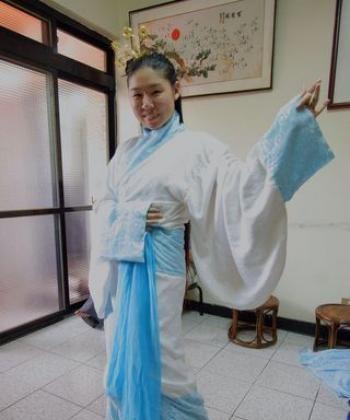
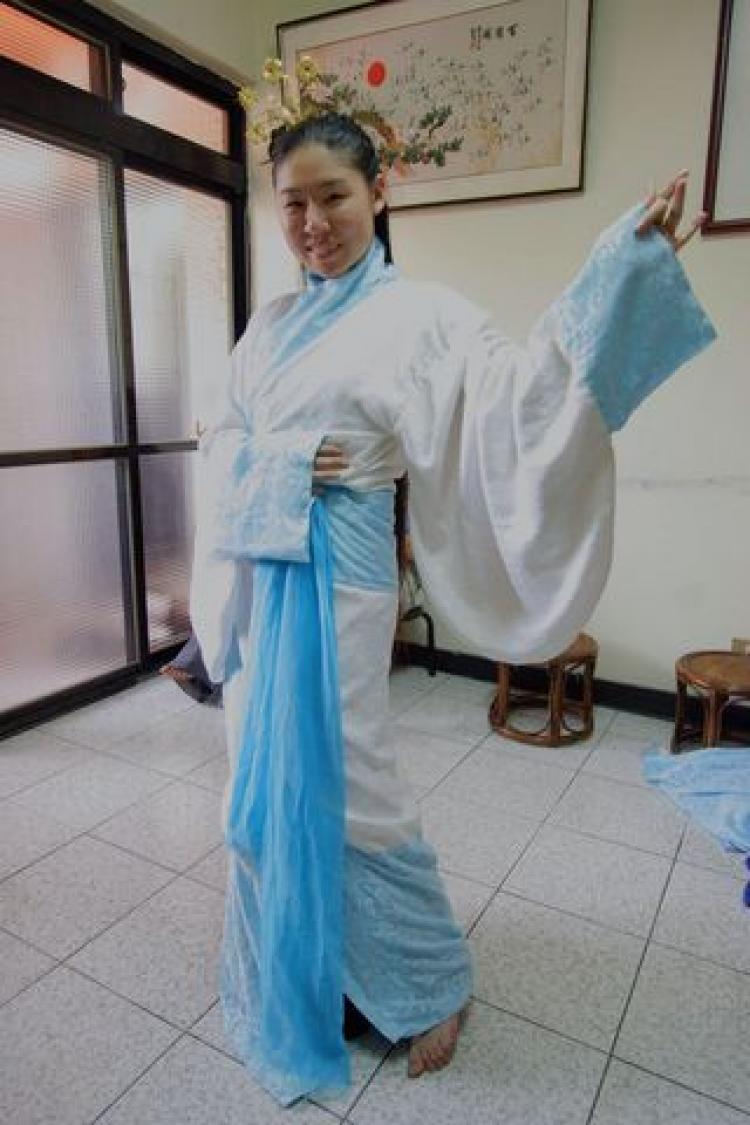

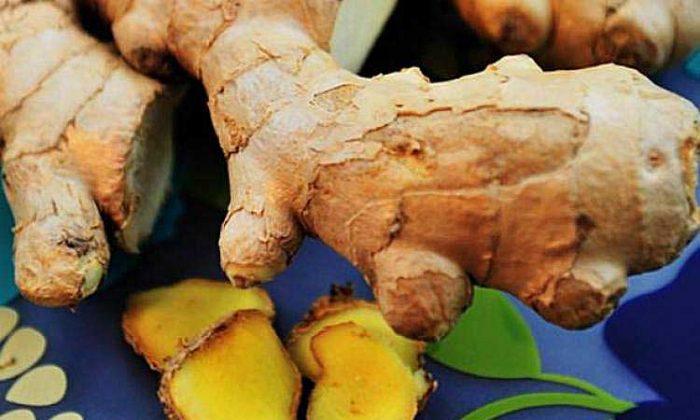
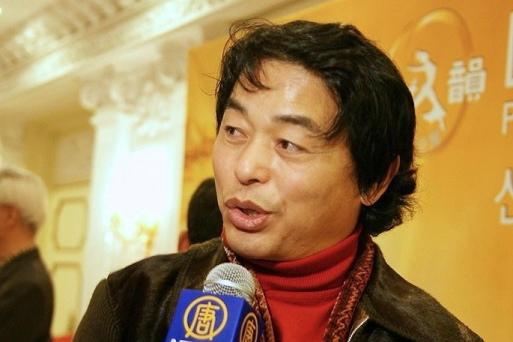
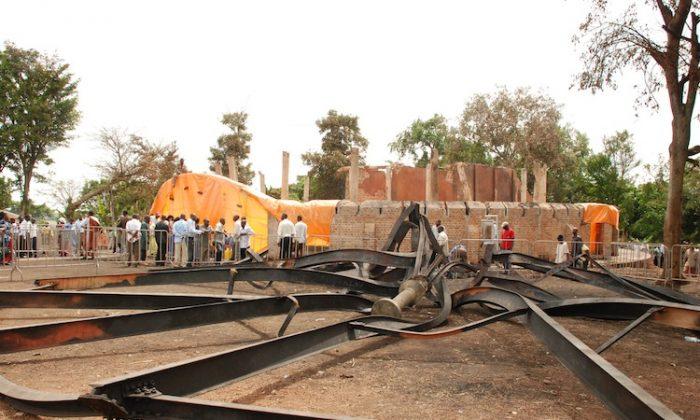
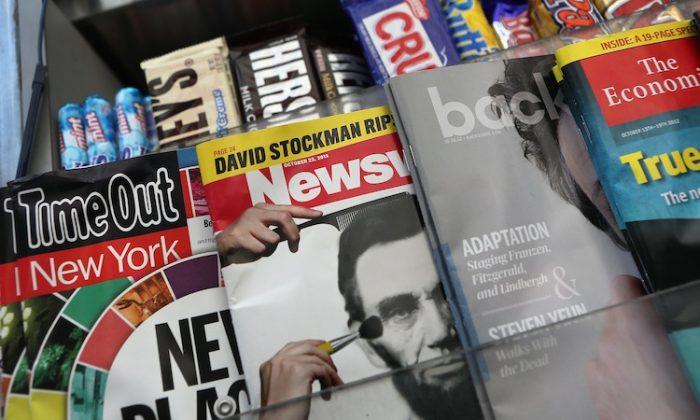
Friends Read Free